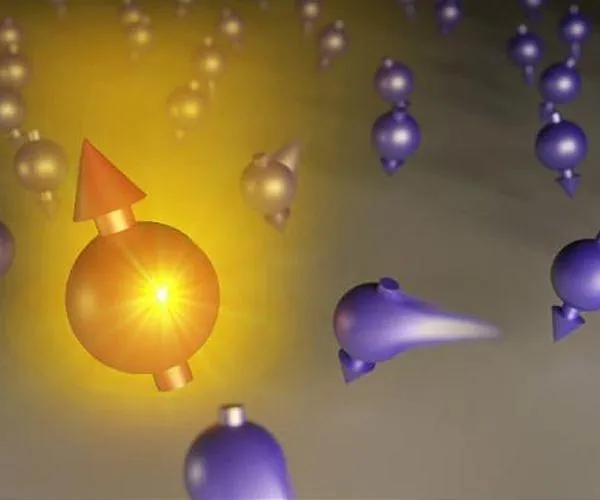American scientists reverse electron’s way in natural solar cells
- A group of researchers from Argonne National Laboratory and WashU have succeeded in leading electrons along the way they never take in the nature. This has allowed the scientists to better understand the initial processes taking place in the early photosynthesis history.

Solar energy absorbed by photoautotrophs is transferred to the so-called reaction centres, from which every electron could go to one of two branches of molecule sets. In nature, electrons always move to molecules of branch A. But American scientists have managed to direct them to branch B nine times out of ten.
It is still to be figured out why there are 2 optional tracks available for electron traveling. However, being able to lead electrons along one of them is already a major achievement. The researchers are planning to continue studying the phenomenon of switching between the tracks. This would allow sending an electron to any destination chosen.
The discovery has thrown light on basic principles governing efficient transfer of electrons excited by sunlight. This can be helpful in developing biologically inspired and bio-hybrid solutions for conversion and storage of solar energy. Besides, the research is likely to stimulate further analysis and experiments. The next thing to discover is what keeps charge separation in photosynthetic organisms unidirectional.
Naturally, a photosynthetic bacterium performs charge separation in 2 steps lasting a few picoseconds. The new approach has allowed researchers to get nearly the same result, based on 1 step taking five- to tenfold more time. The scientists assume that originally combinations of such processes used to bring 80-90 percent yield in the nature, gradually optimizing with the course of time.
Also read
- CNNP Optoelectronics brings utility-scale perovskite modules out of the lab
- Low-Temperature Sequential Deposition Lifts Inverted Perovskite Solar Cells Efficiency Record
- Self-Assembling Molecule Breakthrough Brings Commercial Perovskite Solar Closer to Market
- Camphor Additives Boost Perovskite Solar Cell Efficiency
- NUS Sets Record With 26.4% Perovskite-Organic Solar Cell
